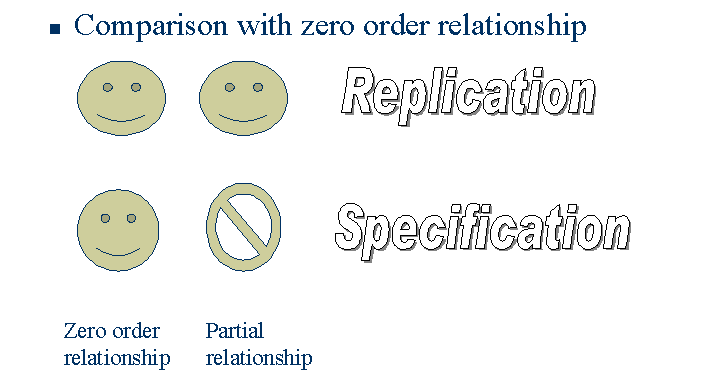
Slide 1
LIS 570
Elaborating bivariate relationships
Interpreting data and drawing conclusions
Slide 2
Summary
Elaborating bivariate relationships (De Vaus)
replication
specification
intervening variable
spurious relationships
partial correlations
Interpreting data and drawing conclusions (Bouma)
What did you ask?
What did you find?
What do you conclude?
To whom do your conclusions apply?
Slide 3
Elaborating relationships
Why does the relationship exist?
What is the nature of the relationship?
How general is the relationship?
Elaboration model
interpretation method
the Columbia School
Lazarsfeld method
Slide 4
Elaboration paradigm
Aim
to provide a logical/ statistical technique that would allow researchers to elaborate on the nature of observed relationships
replication
the relationship is replicated or repeated under different conditions
Specification
relationship operates only under certain conditions and not others
Slide 5
Specification or replication
The original bivariate relationship is called a zero order relationship
Partial table (trivariate table)
Third variable (control or test variable) introduced
Within each subgroup of the control variable, tables are constructed to examine the original relationship.
Measurement of bivariate relationships in each of the partial tables (partial relationships)
Slide 6
Specification or replication
Comparison with zero order relationship

Slide 7
Replication
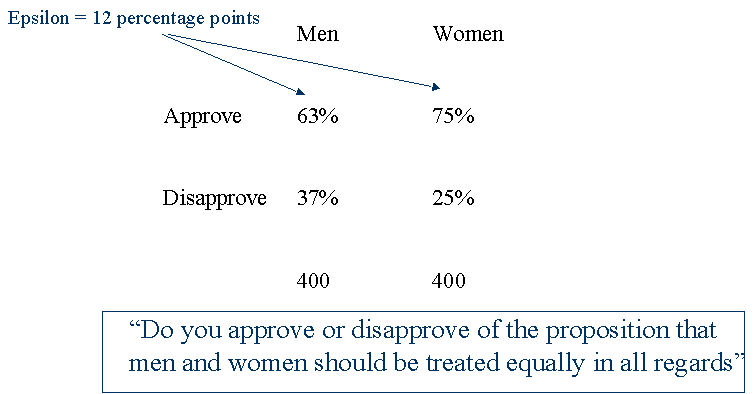
Slide 8
Replication
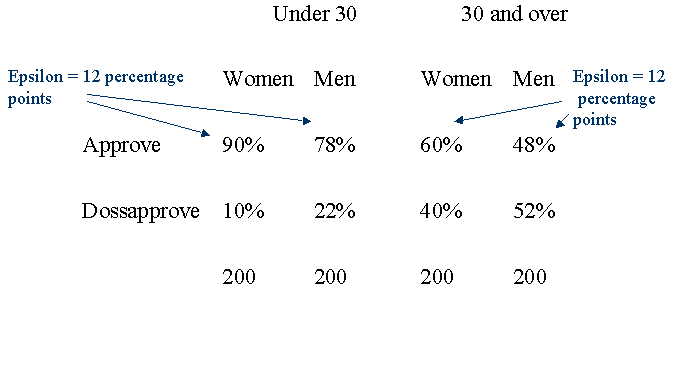
Slide 9
Specification
the relationship between the original two variables differs for various types of people
the specific types for whom it does or does not hold
the relationship is not general but subgroup specific
statistical interaction (De Vaus)
The effect of X on Y is partly dependent on additional characteristics of the person.
Slide 10
Specification (Glock)
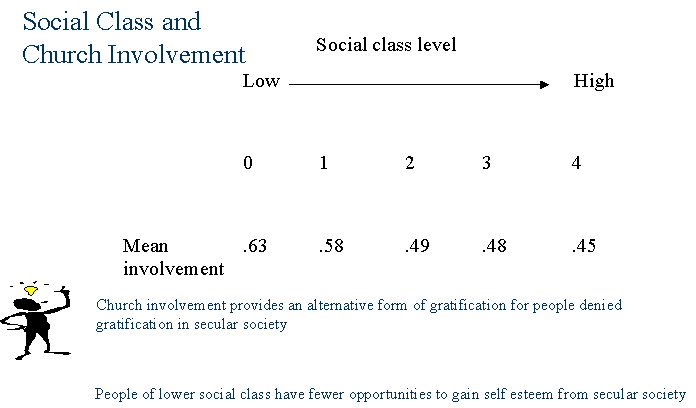
Slide 11
Specification
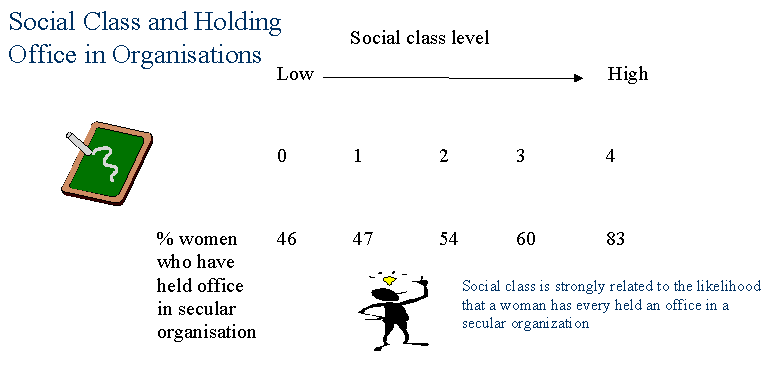
Slide 12
Specification
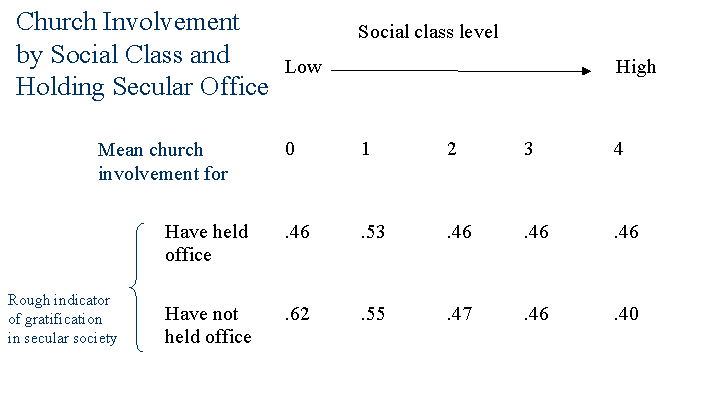
Slide 13
Interpretation - Intervening variable (Stoufler)
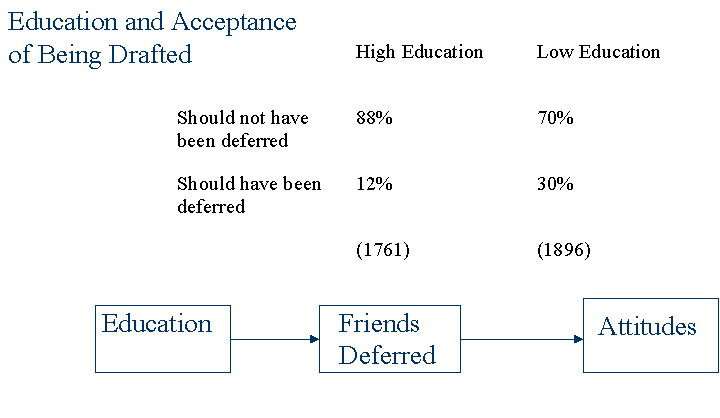
Slide 14
Intervening variable

Slide 15
Explanation - spurious relationships
spurious - not a genuine relationship
test variable must be antecedent

Slide 16
Spurious relationship
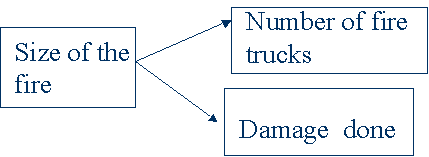
compare the initial bivariate relationship with the conditional relationship
no relationship in the conditional table - we have explained the original relationship
completely and partly spurious relationships
Slide 17
Drawing conclusion (Bouma)
What did you ask?
What did you find?
What do you conclude?
To whom do your conclusions apply?
Slide 18
Reporting your research
the objectives or hypotheses
the major concept(s) and conceptual definition(s)
the major variables and operational definitions
the measurement instrument, for example the self-administered; questionnaire or content analysis sheets
Slide 19
Reporting your research
a description of the research design, for example a quantitative “case study”, an experiment.
a definition of the population (group of interest) and a short discussion of the sampling methods you would use in a larger scale study. The method for selecting participants for the pilot study
Slide 20
Reporting your research
a description of the data collection methods
the presentation of the results
a discussion and interpretation of the results, i.e. what they mean to you, and any limitations or concerns, for example ethical, validity, reliability.
Conclusions